Henri Matisse – Father of Fauvism
by David Fox
Henri Matisse was a french painter, draughtsman, printmaker, and sculptor. He was also the co-founder of the Fauvism art style, and one of the most influential painters of the 20th century.
Fauvism is a way of painting which is very expressive, and uses non-realistic color schemes to depict natural scenes. This movement, although it didn't last long, made a huge impact on future artists, like the German Expressionists.
Contents
- Who was Henri Matisse ?
- Henri Matisse Early years in art
- What Is Fauvism and How Does It Differ From Other Styles of Painting?
- What Are Some of Matisse's Most Famous Paintings and Why Are They So Popular?
- How Did Matisse's Life and Work Change After He Moved to Nice, France in the 1940s?
- "Painting with scissors"
- What Impact Did Matisse Have on the Art World After His Death in 1954?
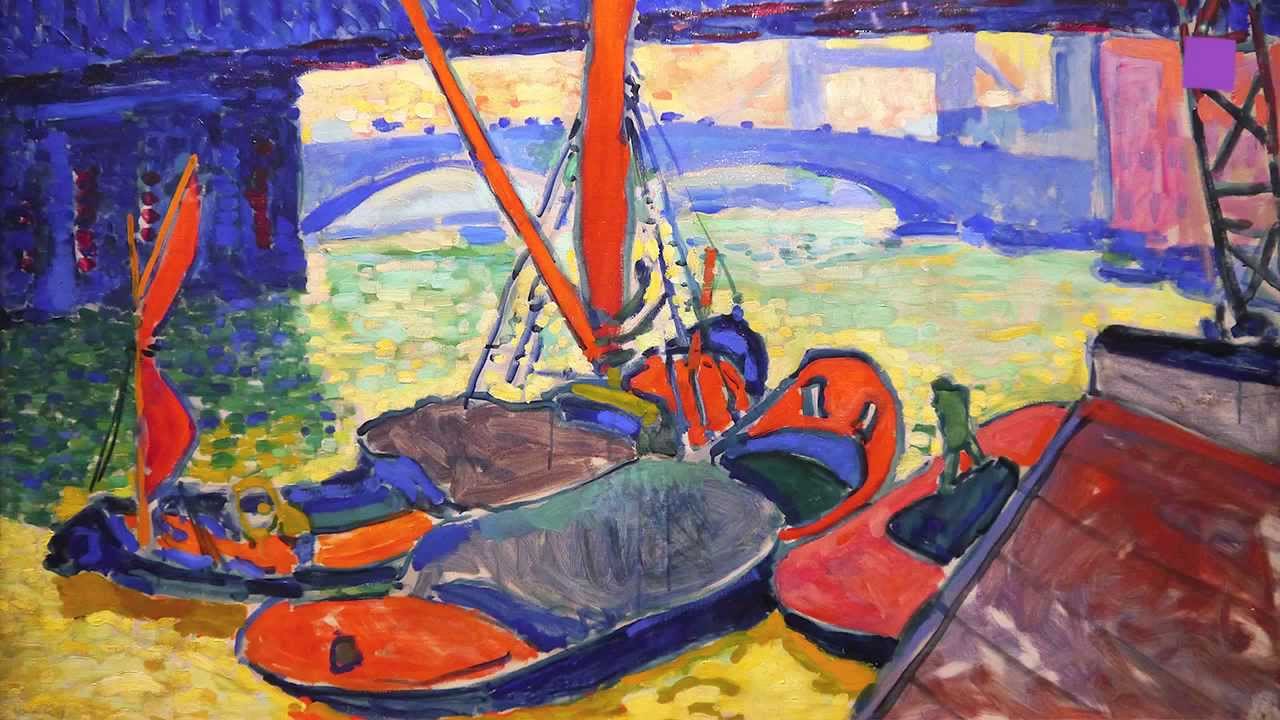
Who was Henri Matisse ?
Henri Matisse was born on 31 December 1869 in Le Cateau-Cambresis, Northern France, in a grain merchant's family.
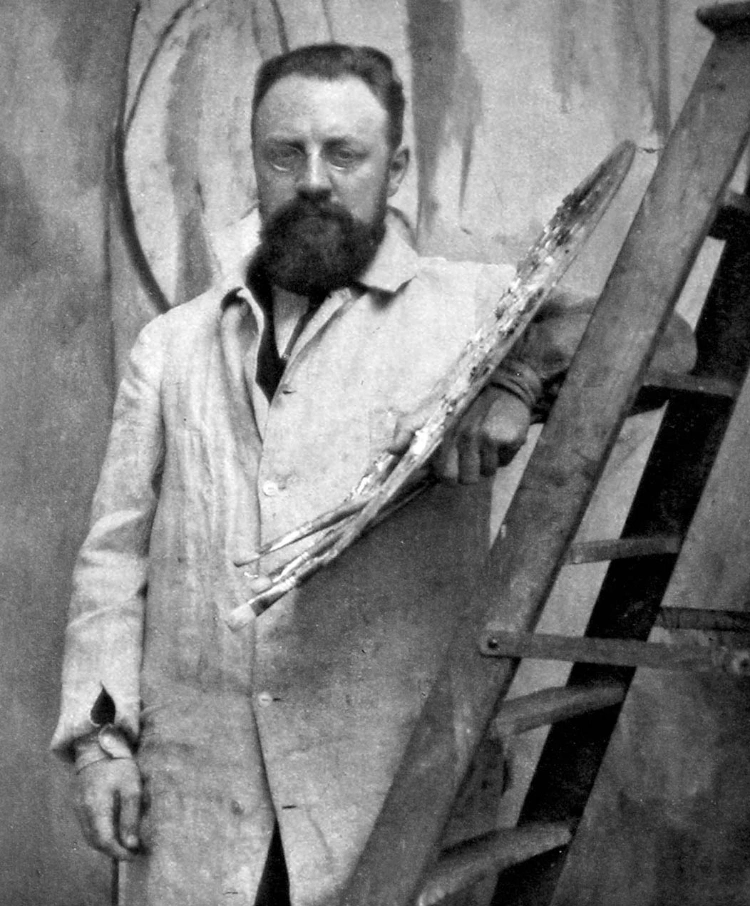
His way to the art world wasn't straight considering a fact that he didn't paint as a child or as a teenager.
Moreover, Matisse studied Law in Paris and after that, he returned to his hometown to practice as a court administrator. During the work there, suddenly he got appendicitis.
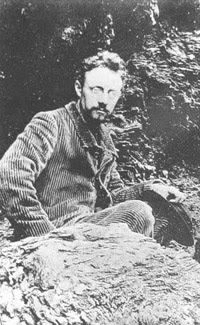
The sickness led to that he needed to spend a lot of time at home in bed, so his mom brought him painting tools, to keep her son busy.
Probably nobody could have expected that this innocent hobby step by step will grow into a huge passion, that totally changes Henri's life.
In later years, when he will be an experienced artist, he will describe the finding of art as "a kind of paradise", even his decision to become a professional artist, will be a total shock to his parents.

Henri Matisse Early years in art
In 1891 Matisse returned to Paris to study art at the Academie Julian. At the beginning of his professional career as an artist, he used to paint still lifes, landscapes or copy other painter works.
He was inspired by such painters as Jean Baptiste Simeon Chardin, Edouard Manet or Japanese art.
At the beginning of his career, he mostly used a darker earth-colored palette of colors, but it totally changed after he was introduced to Vincent Van Gogh's works.
It impacted to use way more vivid colors in his works and that led it to look them more alive and expressive. Henri learned a lot from Australian painter John Russel, who taught him the main color theory.
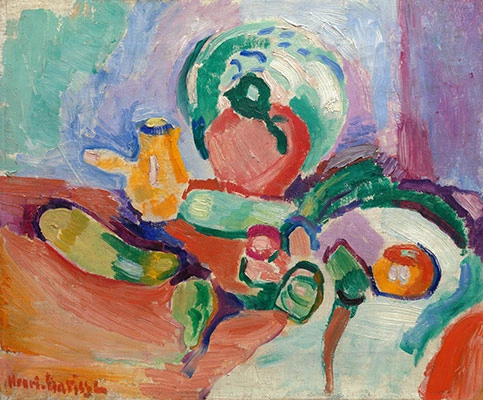
Between 1898 and 1901 he tried a Divisionist technique, which was popular among neo-Impressionists. After a couple of years, Matisse wanter to try something new in art, so he started to work with clay and create sculptures.
What Is Fauvism and How Does It Differ From Other Styles of Painting?
Henri Matisse's name was written in art history not only because of his works in general but because of his new ideas creating art.
Together with French painter Andre Derain he created a new art style of Modern art and called it Fauvism.
Even the movement lasted only a few years between 1904 and 1908 and attained critique's attention of its too much usage of colors, it helped for Matisse to develop his style and left paintings such as Woman with a Hat, 1905, which is one of the traits that described him as an artist.

Around 1906, Henri Matisse met Cubism pioneer Pablo Picasso. Both artists became close friends for many years and also shared their ideas and perspectives on art.
The main difference between these two painters was that Matisse enjoyed painting from nature and Picasso in his works reflected mostly his imagination.
Henri continued his work by creating various landscapes, portraits and still life, but now he used techniques that prevailed in Cubism. These would include more vivid lines, and things with distinctly clear edges.

According to Françoise Gilot, who was a partner of Picasso and a mother of his two children, Henri liked to see things from close and even touch it and feel their surfaces, while painting them, for example, alive doves, which he adore to paint.
It helped him to reflect shapes and forms way better in his paintings. Common topics in his works were music and dance - one of the most well-known paintings is Dance I created in 1909-1910.
In 1917, Matisse moved to Nice in France and after several years of painting, he achieved critical acclaim as a promoter of the classical tradition in French painting.
What Are Some of Matisse's Most Famous Paintings and Why Are They So Popular?
Some of Matisse's most famous paintings include "The Dance," "The Snail," and "Woman with a Hat." "The Dance" is one of Matisse's most popular paintings because it is a joyful and colorful painting that celebrates life. "The Snail" is another popular painting because it is a whimsical and playful painting that features a snail as the subject. "Woman with a Hat" is also a popular painting because it is a beautiful and stylish portrait of a woman. All of these paintings are popular because they are unique, creative, and expressive.

How Did Matisse's Life and Work Change After He Moved to Nice, France in the 1940s?

After Matisse moved to Nice in the 1940s, his life and work changed in several ways. First of all, he began to focus more on painting and less on sculpture. Secondly, he started to experiment with new techniques and materials, such as using cardboard and paper cut-outs instead of paintbrushes. Finally, his health deteriorated and he became increasingly reliant on assistants to help him with his work. Nevertheless, despite these changes, Matisse continued to produce high-quality artworks that are now considered masterpieces.
"Painting with scissors"
In the last years of his life, Henri Matisse was sitting in a wheelchair and he couldn't keep painting as he uses to.
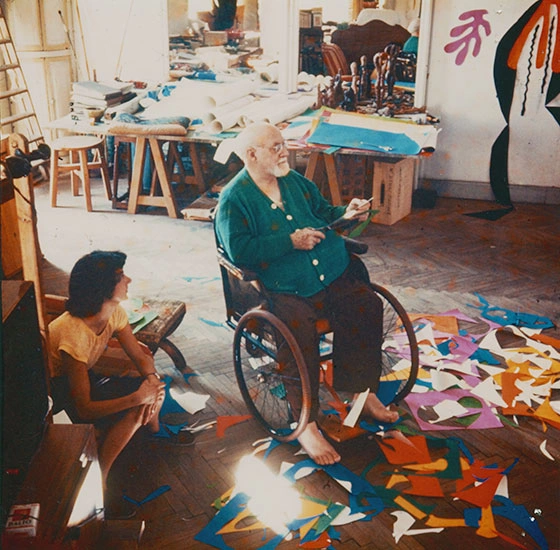
Instead of that, he found a new way to express his creativity. He took huge scissors and started to cut various things from a paper by creating various compositions and called it "painting with scissors".
By using this unique technique, he created an art book called "Jazz", which combined color prints and Matisse's handwritten notes with his thoughts during the creating process.

This example shows, that his love for art was alive till the last days he lived and despite circumstances, an artistic person can find ways to express himself.
What Impact Did Matisse Have on the Art World After His Death in 1954?
In the years following Matisse's death, his work continued to enjoy great popularity and critical acclaim. His paintings were exhibited widely, both in solo shows and in major group exhibitions, and his work was included in several important museum collections. In addition, a number of books and articles about Matisse's life and work were published, helping to ensure that his legacy would be remembered for generations to come.
Today, Matisse is widely considered to be one of the most important artists of the 20th century. His unique style, which combined elements of both abstraction and figuration, had a profound influence on subsequent generations of artists. His work continues to inspire artists all over the world, and his legacy will undoubtedly continue to grow in the years to come.
Further reading from our site:

About David Fox
David Fox is an artist who created davidcharlesfox.com to talk about art and creativity. He loves to write, paint, and take pictures. David is also a big fan of spending time with his family and friends.
Leave a Reply
 |
 |
 |
 |
Now get FREE Gifts. Or latest Free phones here.
Disable Ad block to reveal all the secrets. Once done, hit a button below
 |
 |
 |
 |